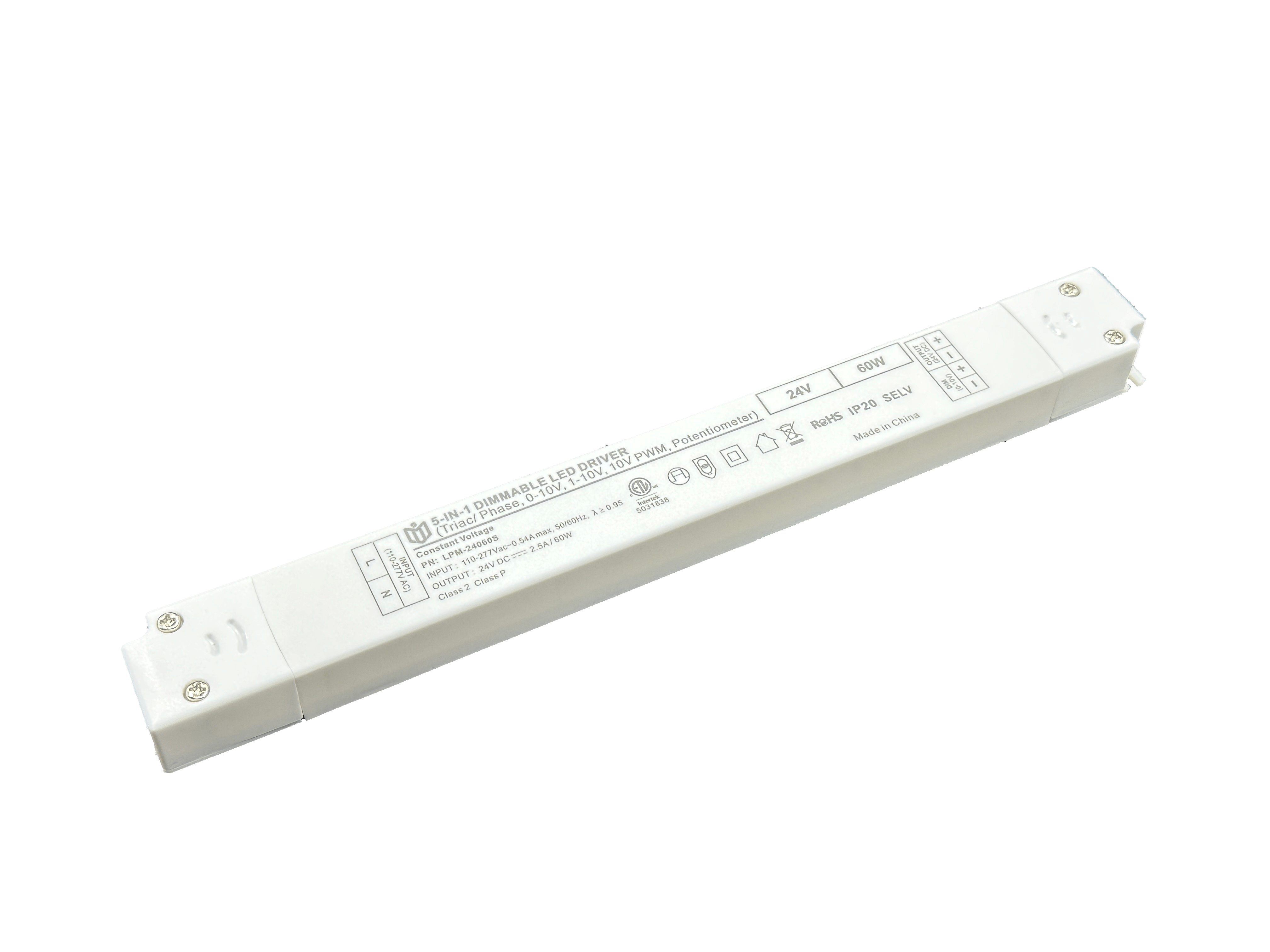Is the stability of LED dimming power supplies truly flawless?
Modern lighting systems increasingly rely on LED technology paired with sophisticated dimming capabilities, but claims about "flawless" power supply stability demand scrutiny. While manufacturers tout rock-solid performance, real-world applications reveal complex challenges that compromise this idealized picture. Three primary factors undermine perceived perfection: electrical inconsistencies, physical degradation over time, and thermal stress interactions.
Voltage Fluctuations Under Load
Even premium units struggle with microsecond-level current surges during PWM (Pulse Width Modulation) transitions. These rapid shifts create electromagnetic interference that distorts output signals, manifesting as visible flicker or audible hum in sensitive environments. Laboratory tests show some drivers exhibit ±5% deviation from nominal voltage when handling sudden brightness changes—a margin large enough to cause perceptible color shifting in high-CRI fixtures. Advanced filtering capacitors help but add cost and bulk.
Component Aging Effects
Electrolytic capacitors experience gradual capacitance loss (typically 10-20% over five years), while MOSFET transistors accumulate gate oxide damage from repeated switching cycles. Thermal cycling accelerates solder joint fatigue, leading to intermittent connections in multilayer boards. Field data indicates failure rates double after 30,000 hours of continuous use, particularly in commercial installations where ambient temperatures exceed 40°C. Proactive replacement schedules become necessary despite rated lifespan specifications.
Thermal Management Paradox
Higher efficiency designs often sacrifice heat dissipation headroom. Enclosed fixtures trap waste heat, pushing semiconductor junction temperatures toward critical limits. When thermal paste dries or heatsink fins clog with dust, localized hotspots form—reducing LED lifespan by up to 70% according to LM-80 testing standards. Active cooling solutions exist but conflict with waterproofing requirements for outdoor applications.

Circuit Design Tradeoffs

Cost pressures force compromises between protection features and compact form factors. Many budget models omit reverse polarity safeguards or overvoltage clamping circuits entirely. More concerning is the prevalence of suboptimal feedback loop tuning, which causes phase lag during step loads. This results in oscillations detectable only through specialized measurement tools yet sufficient to damage connected LED strings over months of subtle vibration stress.
Emerging solutions include digital compensation algorithms that dynamically adjust switching frequencies based on load conditions. Gallium nitride (GaN) FET adoption improves switching efficiency while reducing thermal footprint. However, these advancements remain largely confined to industrial-grade products priced beyond mainstream accessibility. For now, system designers must balance advertised specifications against field-proven reliability metrics when selecting dimmable LED drivers.
 In heritage architecture prote
In heritage architecture prote
 When small-batch customization
When small-batch customization
 Have the electromagnetic emiss
Have the electromagnetic emiss
 When Triac dimmable power supp
When Triac dimmable power supp
